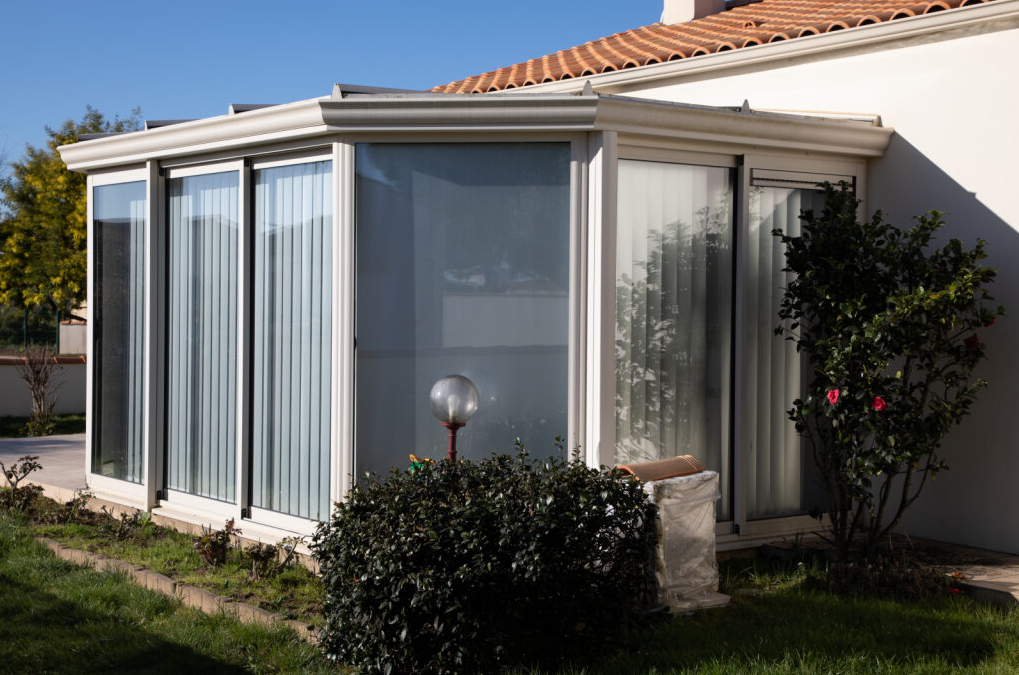Incorporating insulated doors and windows into your home design is a practical solution for maintaining an ideal indoor temperature, regardless of the season. They provide an effective barrier against external temperature fluctuations, ensuring comfort and efficiency. Whether you’re building a new home or upgrading an existing one, understanding the benefits of these energy-saving solutions is the first step toward creating a more sustainable living space. This blog explores how insulated doors and windows contribute to energy conservation, their environmental benefits, and how they can improve your home’s comfort and efficiency. Check it out! What are insulated doors and windows? Insulated doors and windows are designed to enhance energy efficiency by minimizing heat transfer between a home’s inside and outside. Unlike traditional doors and windows, these modern solutions incorporate advanced materials and technologies to maintain an optimal indoor temperature, reducing the need for heating and cooling systems and cutting costs. These are the key features:: Double or triple-glazing Double or triple-glazed glass creates pockets of air or gas, such as argon, which insulates to prevent heat exchange. Enhanced sealing The seals around insulated doors and windows are designed to eliminate drafts and leaks. High-performance weatherstripping materials ensure air stays where it belongs (inside during the winter and outside during the summer). Thermal break frames The frames of doors and windows are often made from materials with thermal barriers, such as uPVC or thermally broken aluminum, which reduce heat transfer. These features improve thermal performance and contribute to noise reduction and increased durability. Now, let’s understand how insulated doors and windows impact energy consumption. How insulated doors and windows contribute to energy conservation These doors and windows reduce energy consumption by minimizing thermal exchange between the building’s interior and exterior areas. They help retain heat during the winter and keep interiors cool during the summer, reducing the need for artificial heating and cooling systems. This leads to lower bills and a smaller carbon footprint. Mechanisms of energy conservation Still don’t believe this could be the best option for your space? Check out these examples of how this upgrade works in real life: A household can save approximately $126 to $465 annually on energy bills, depending on their region and climate, as reported by Energy Star. This range depends on various factors, including the home’s location, climate, and the existing level of insulation. Here’s how these savings are calculated: Reduction in heat loss and gain Standard doors and windows can account for up to 25-30% of residential heating and cooling energy usage due to air leaks and thermal transfer. These inefficiencies are drastically reduced by upgrading to insulated doors and windows. Energy use before and after upgrading An average U.S. household spends about $1,500 annually on energy bills, roughly 50% attributed to heating and cooling. Assuming a household uses $750 for temperature control, a 15-30% reduction in this cost—achieved by installing yields an annual savings of $112 to $225. For households in extreme climates with higher heating and cooling costs, the potential savings increase accordingly. Regional variations in costs In areas with high utility rates, such as the Northeast or California, savings are amplified. For instance, if a household in these regions spends $2,000 annually on energy, with $1,000 allocated to heating and cooling, a 20-25% reduction equates to $200-$250 saved each year. Long-term benefits Over a typical 20-year lifespan of high-quality insulated doors and windows, total savings can range from $2,520 to $9,300, depending on the household’s initial energy use and local energy prices. This offsets the upfront investment and adds long-term financial and environmental benefits. Reducing thermal exchange for long-term benefits Insulated doors and windows create a more consistent indoor temperature by decreasing thermal exchange, which enhances overall comfort. This also reduces the strain on heating and cooling systems, leading to fewer maintenance issues and longer equipment life. Economic and environmental benefits of insulated doors and windows These advanced systems reduce monthly utility bills and help lower greenhouse gas emissions by improving energy efficiency. This dual benefit makes them a valuable addition to any modern, eco-conscious home. Economic advantages: Environmental benefits: Financial and environmental synergy Investing in insulated doors and windows creates a ripple effect of benefits: How to choose insulated doors and windows for your home Selecting the perfect insulated doors and windows for your home can seem daunting, given the various options available. However, by focusing on specific factors like energy performance, climate compatibility, and aesthetic appeal, you can make an informed decision that meets your functional and stylistic needs. Here’s a detailed guide to help you choose wisely. 1. Understand the basics Insulated doors and windows are designed to minimize heat transfer, using features like double or triple glazing, advanced sealing systems, and thermally efficient frames. These components work together to maintain a comfortable indoor temperature. 2. Evaluate your climate and home orientation The efficiency depends on the local climate and your home’s orientation. Consider how much sunlight your home receives during the day. South-facing windows may benefit from additional shading to complement their insulation features. 3. Choose the right glass The type of glass used in insulated doors and windows impacts their performance. 4. Prioritize frame materials Frames are essential for the overall efficiency of doors and windows. These are the main options, each with unique characteristics: 5. Pay attention to sealing and weatherstripping Look for products with durable weatherstripping and multi-point locking systems to ensure a tight seal against air leaks. Regular seal maintenance is also essential to maintain efficiency over time. 6. Match aesthetics with functionality While energy efficiency is essential, the design and style of insulated doors and windows should complement your home’s overall aesthetic. Many manufacturers offer customizable designs, allowing you to balance form and function effortlessly. 7. Check certifications and ratings Always verify that the insulated doors and windows you choose meet recognized energy standards. Look for certifications such as: 8. Consider your budget and long-term savings While premium materials may have a higher upfront cost, their long-term benefits often outweigh

